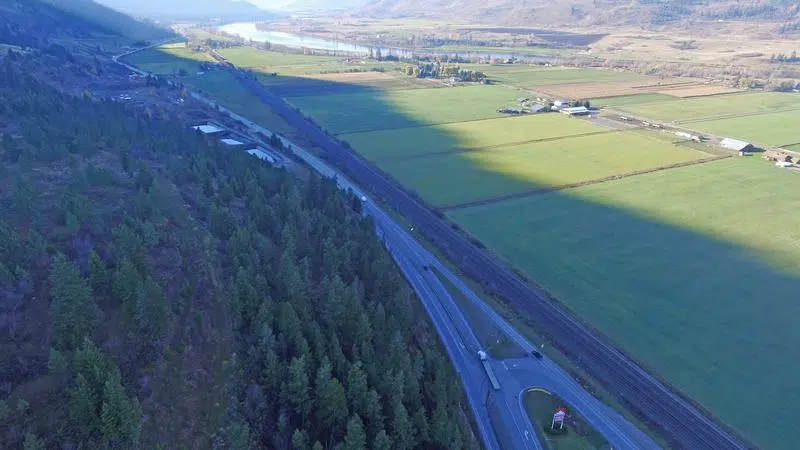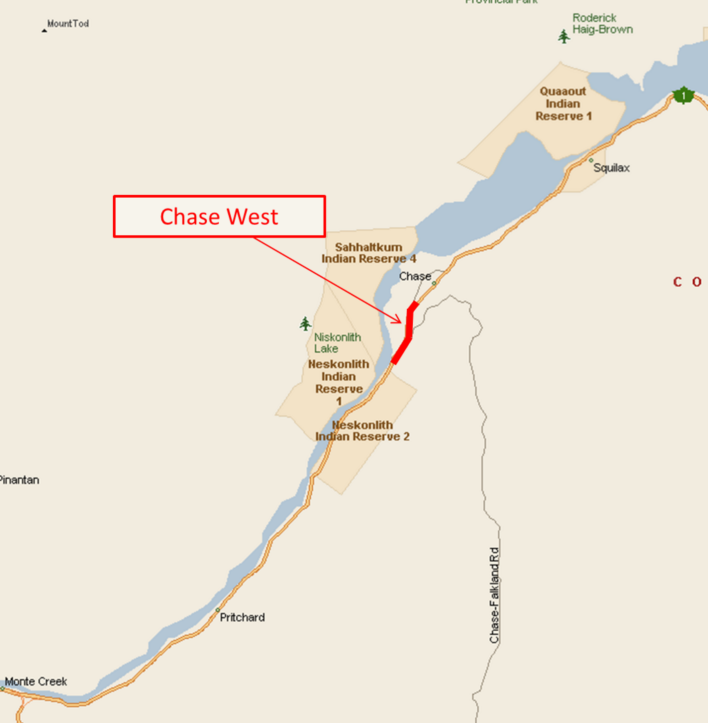
Cost increase, delays to highway four-laning through Chase draws the ire of former Transportation Minister
CHASE, B.C — A former BC Transportation Minister, and current MLA says the continuation of a four-laning Trans Canada Highway project in the Chase area has been a long time coming.
With the BC Government announcing work will re-start on the Trans Canada construction project, Kamloops South Thompson MLA Todd Stone says it shouldn’t have been put on hold in the first place.
“What we’re seeing here today is a dramatic reduction in scope, we’re getting less highway, three years late, for $61 million more than what the original budget had cost.”
According to the Kamloops-area MLA, the project was originally announced in 2016 when he was the Transportation Minister under the previous B.C Liberal government. The first plan was to spend $199 million over three phases, but when the province switched to NDP leadership, construction was halted as the current BC Government made adjustments.



